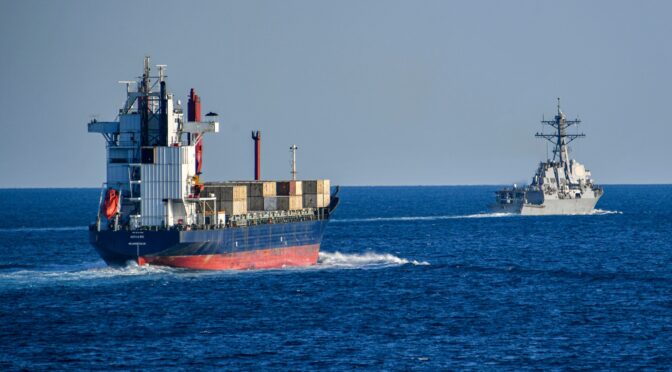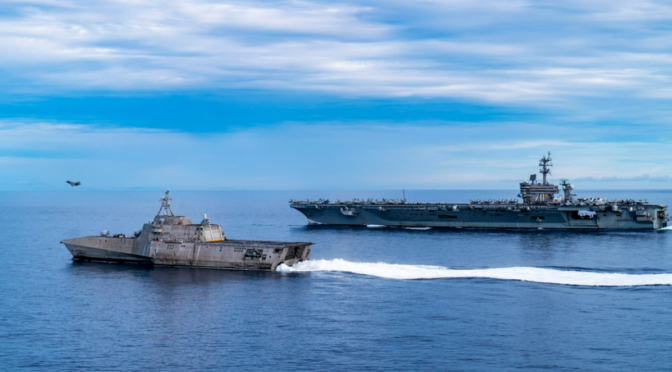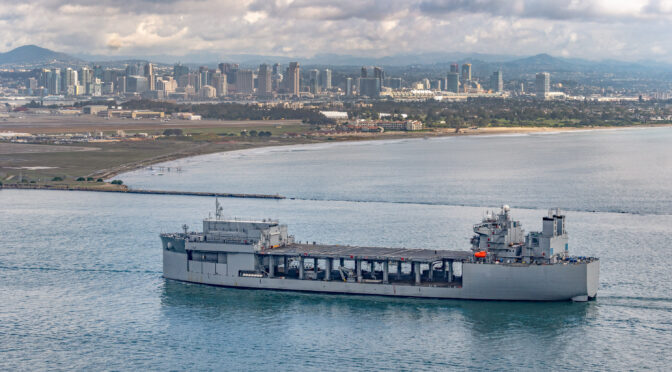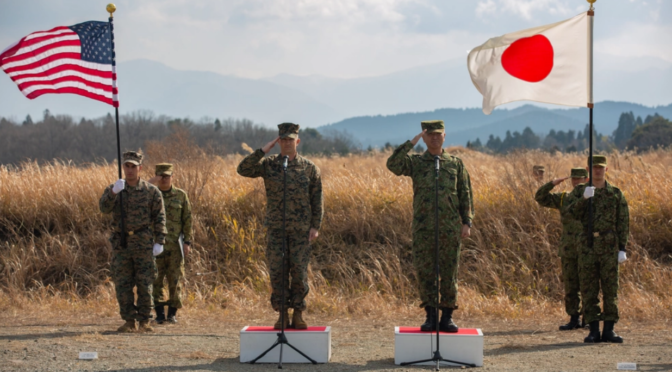Notes to the New Administration Week
By Sam J. Tangredi
All other criteria aside, key figures in the new administration have a knowledge of how to make money. They now need to recognize that the U.S. Navy has a purpose that goes beyond warfighting. It is a critical geo-economic instrument that through global naval dominance helps sustain the U.S. dollar as the world reserve currency. An investment in naval dominance is an investment in continued prosperity. Without it our future will be poorer.
Holding the world reserve currency—the primary currency with which global trade is conducted—provides great economic benefit to national prosperity. As one financial analyst notes, “Typically, the world’s reserve currency—the U.S. dollar—has given the U.S. a special privilege of not being held to the same standard as others. We can get away with issuing more dollars.” This generally allows the U.S. government to borrow money at lower interest rates than others to fuel its spending and keep taxes lower, presumably encouraging an innovative, expanding economy.
Historically, the world reserve currency has followed the course of the globally dominant sea power. Economists have identified the historical shift of world reserve currency status from Venice to Spain to the Dutch Republic (Netherlands) to Great Britain to the U.S. All had vibrant economies (relative to their era), all benefited from global trade, all had large merchant fleets. But other nations also possessed these attributes. Each however was also the dominant naval power at the time their currencies were accepted as the common global trading medium. This does not necessarily mean that global naval dominance is the direct cause of holding the world reserve currency, but it is a correlated sustaining factor.
What is it about naval dominance? The global financial markets crave security and stability. Naval dominance ensures the perception of security and stability to financial markets by providing a major competitive commercial advantage. Not only can naval dominance ensure that a nation’s trade cannot be cut off by another nation, but that it can cut off the trade of other nations, if it so chooses. This is not the classical interpretation of free trade, but it is the reality. If financial markets seek the greatest stability, it is logical that they would consider the potential of this advantage.
Today’s Department of Defense has become a Department of War that is managing far flung conflicts in the name of counterterrorism and stability, generally in the form of special operations forces (SOF). Even with the focus on the People’s Republic of China (which wants to dethrone the U.S. dollar), DoD has largely forgotten about the U.S. Navy’s unique role as a result of its current joint ideology. But the DoD is responsible for the defense of Americans, both in terms of their national security and their prosperity. It cannot fund naval forces equivalently if it does not want the PRC renminbi to become the next world reserve currency, driven in part by the ever-expanding PLA Navy. A shrinking Navy that loses global naval dominance will eventually lead to a shrinking dollar, with grave consequences for American prosperity.
Dr. Sam J. Tangredi serves as the Leidos Chair of Future Warfare Studies and is professor of national, naval and maritime strategy at the U.S. Naval War College. He has published seven books, over 200 journal articles and book chapters, and numerous reports for government and academic institutions on a broad range of defense issues. His latest work is Algorithms of Armageddon: The Impact of Artificial Intelligence on Future Wars (Naval Institute Press, 2024), co-authored with George Galdorisi. Dr. Tangredi is a retired Navy captain and surface warfare officer and specialist in naval strategy. He held command at sea, was head of the OPNAV Strategy and Concepts Branch, and directed other strategic planning organizations.
The views presented here are those of the author and do not necessarily reflect the official positions of the United States Navy, the Department of Defense, or the U.S. government.
Featured Image: U.S. Navy guided-missile destroyer Lassen escorts the merchant vessel Tomahawk through the Strait of Hormuz. (Photo by Mass Communication Specialist 2nd Class Michael H. Lehman/Navy)




